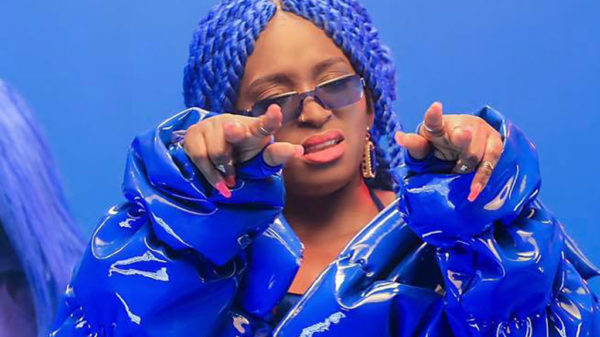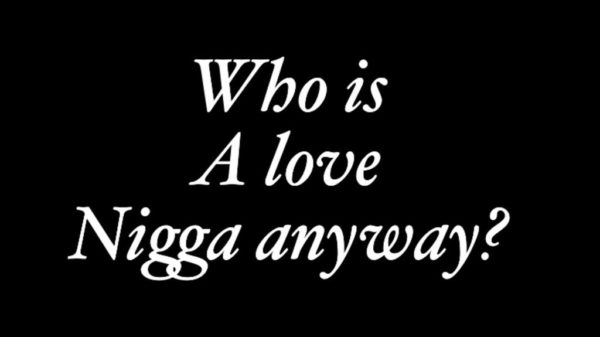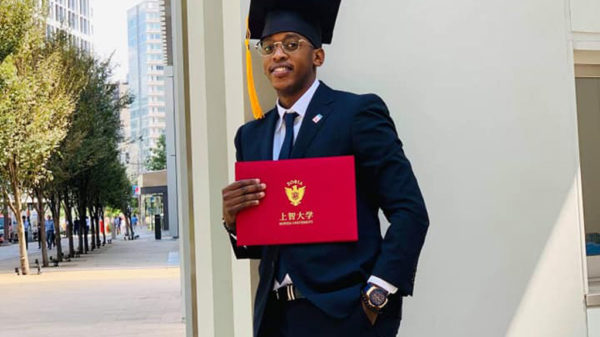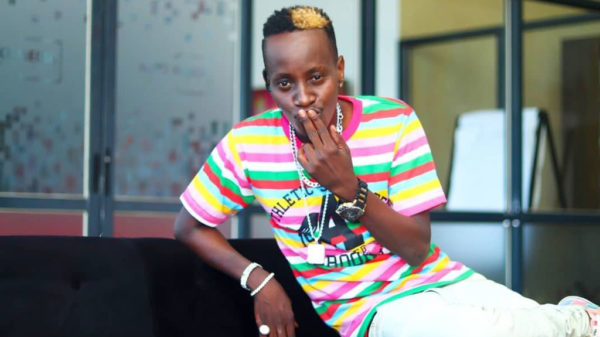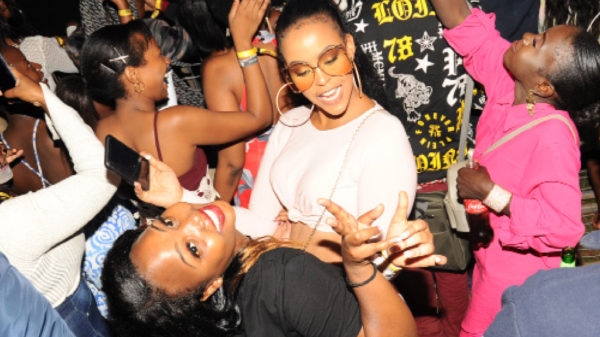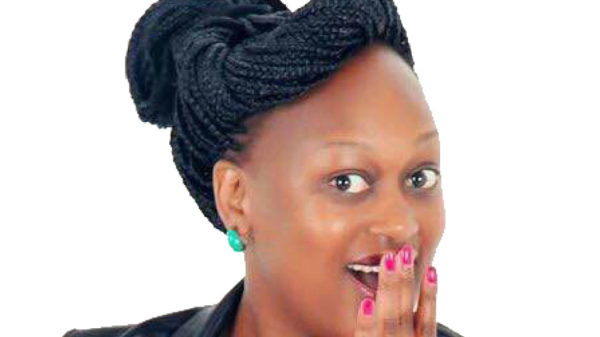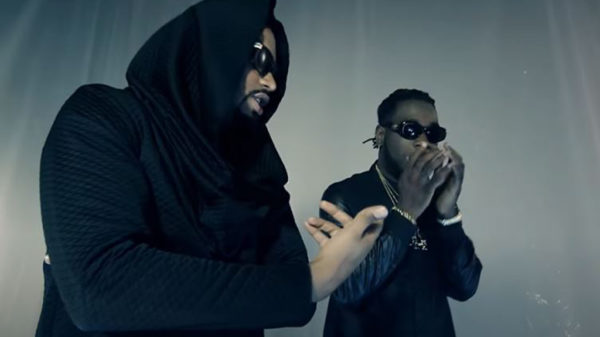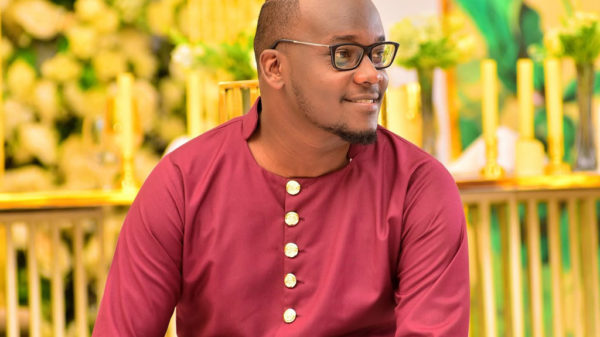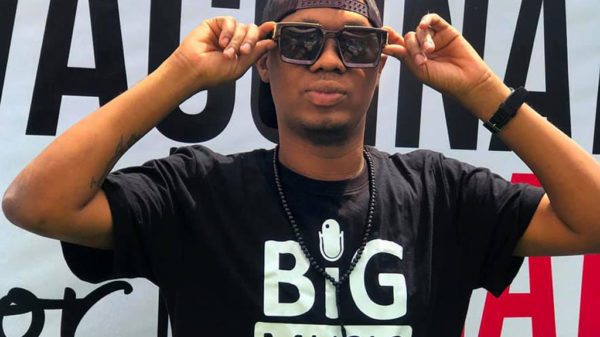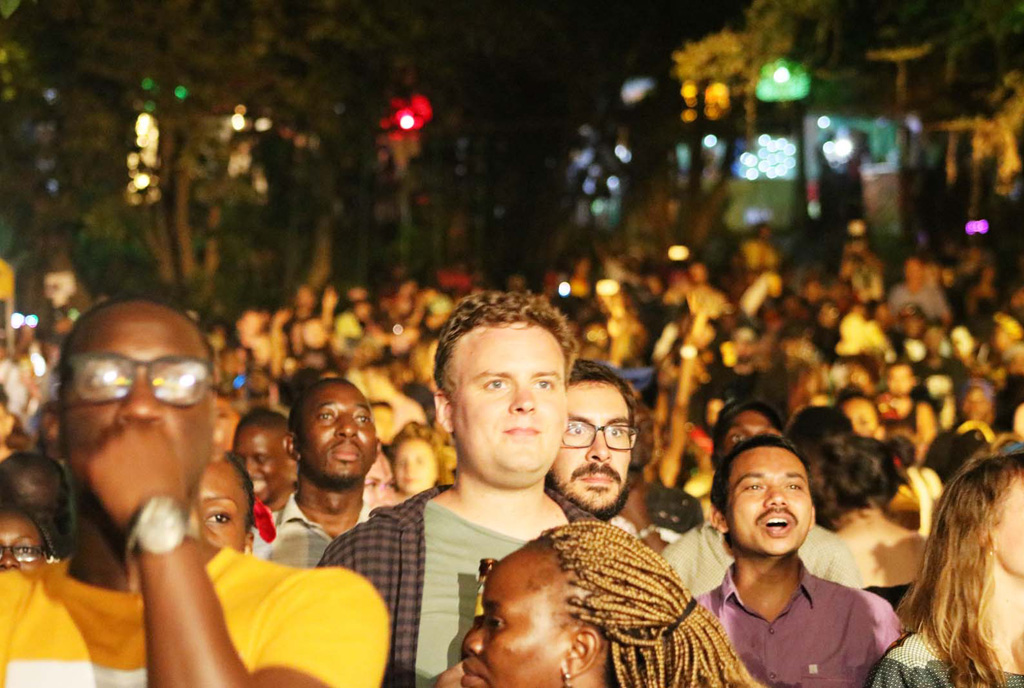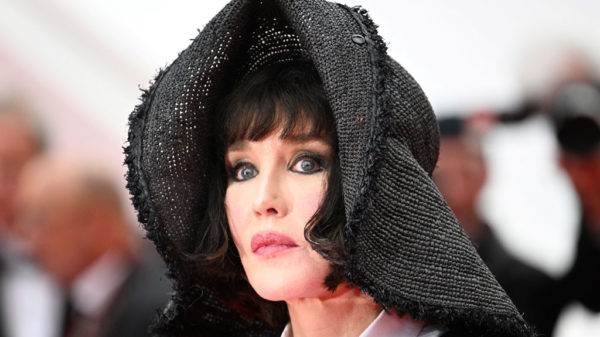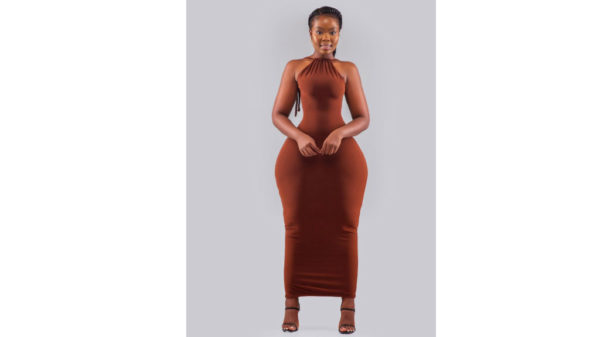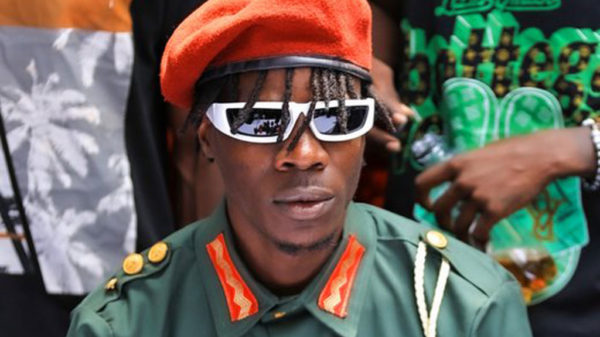Impressing the eyeballs: The trend of local artistes investing enormously in music videos is one that has kept growing over the past few years. With an industry that lacks structures ANDREW KAGGWA examines the trend and looks at whether the heavy investments have returns.
Late last month, Ykee Benda released the audio and visuals to his latest song Onabaayo at the Fame Lounge in Kampala.
A song with nothing to write home about, it fizzled on release that even before Ykee Benda departed from Fame, the conversation had already left the song to its plush video.
And yet, this is a story that exceeds Ykee Benda, in fact, after Eddy Kenzo won his BET Award in 2015, the Ugandan music industry immediately became a circus that listens to expensive videos and awards nominations.
It had started with Radio and Weasel that had invested a whole lot in music videos that they had made MTV Base their rotation ground, their efforts had even paid off with a BET Award nomination for the Best African Act.
However, in 2014, when Bebe Cool attacked DJs for ignoring local music, they had reasoned that the music and videos were poor.
The saga sent Bebe Cool to Nairobi and South Africa throwing more than Shs300m on videos like Love You Every day, Go Mama, Everywhere I Go and African Girl, among others, it ignited a new energy, stronger than that Navio and friends had started with Klear Kut in the early 2000s.
Where Navio and friends had done dope videos for All I Wanna Know and Mon Coeur (Murder of the Crows) for expression, Bebe and others were in it for the respect; a game of assuring newer artistes that had enjoyed spaces such as Trace TV, MTV Base and Channel O that they could even make better videos.
And of course in what could have been misinformed judgment, many artistes at the time felt that these music videos would be the winning trick that was going to trounce Nigerian music that had left MTV Base to people’s gadgets and our airwaves.
Why make music videos?
Today, the likes of Ykee Benda, Eddy Kenzo, Navio and Winnie Nwagi, among others have dug deep to get services of renown film-makers such as Moe Musa, Sesan, Tough Sunday, Ogopa Videos and Godfather.
Initially, music videos were short film formats that were made to promote a record or an album, but as time went on, they would evolve to do more than publicity.
For instance, international artistes like Beyonce, Lady Gaga, Michael Jackson to Macklamore and Ryan Lewis with songs such as Pretty Hurts, Till It Happens To You, They Don’t Care About Us and Same Love respectively tackle things that music may not have been open about through visuals.
Rapper Daniel Kigozi, alias, Navio known for splashing enormously on videos says a music video is now part of the whole body that a song is: “even when a song sounds nice, you can put the point across with a video, it is a stimulating factor.”
Joel Isabirye, a media consultant, notes that currently in Kampala, television viewership has clocked 51 per cent over preference for radio at 45 per cent and print 4 per cent: “The increasing preference of television means that video is a more important means of promotion for the music industry than ever before,” he says, adding that in line with these trends, even clubs and bar spaces have shifted from audio to video.
In Isabirye’s view, videos play a big role in promotion even when one is marketing online: “digital promotion online proves more effective with video and images than audio on its own.”
In the past, the arrival of international media that tried to tap into the African market, saw videos become the benchmark of quality music.
Artistes started caring less about their audio production and more about creating visuals that would get them onto music channels such as MTV Base, Channel O, Sound City and Trace.
Of course the path came with consequences – for example, thebusier directors such as Sasha Vybz, Jah Live, Sesan and Godfather got, the more their creativity started to wane.
Outcries of video plagiarism became rampart with Nigeria’s Clarence Peters being accused of hijacking concepts and putting them in the videos he did for different acts. The most vivid one was Ice Prince’s VIP which heavily borrowed footage and action sequences, among other things, from My Life by American group Slaughterhouse.
In 2017, Julianna Kanyomozi became the victim of circumstances when her South African video director picked scenes from various videos and replicated them in her I’m Still Here.
According to Loukman Ali, a film maker that has directed videos Uganda for Bobi Wine, Maddox Ssematimba’s Namagembe and Shifah Musisi’s Ebirowozo , he does not shoot many music videos because: “Sometimes artistes have a vision of what they want to see but often it is just a copy of someone they love.”
He says though that for the few videos he has worked on, he got to execute his creative ideas.
Video directors have most times blamed artistes that want to maintain a winning formula, for instance, if every other video has girls dancing at the beach, they too will want the same and put money into it.
Do they make the money?
Videos are an important tool of promoting music, although Isabirye notes that it does not explain the heavy investment today but a trend in the industry: “the more videos are done, the more the demand for artistes to do captivating videos.”
Of course captivating videos call for big budgets that Isabirye believes artistes barely recoup.
“The industry is not self-sustaining. There is a lot of hidden financing that comes from outside the industry, for example, endorsements and well-wishers,” he says.
Navio though, argues that those that have been around for ages have found ways of making money off their music videos but admits, it is as tricky.
Today, artistes always keep their local video budgets secret, they can never stop throwing around figures if it is an international director.
At the premiere of his Onabaayo for instance, it was said Ykee Benda spent $15,000 (approximately Shs55.3m) while back in 2014, Bebe Cool’s claim was between $20,000 and $30,000 (more than Shs100m) for Love You Everyday alone.
It is thought that some money can be made when videos trend on YouTube. However, Elijah Kitaka, one of the founders of Fezah, an artiste booking mobile application says making this money is almost impossible.
For instance, he notes that the new YouTube terms require one to have reached 4,000 watch hours in the previous 12 months and at least 1,000 subscribers.
Under these new terms, an artiste that uploads three-minute videos would need more than 1,000 famous music videos to even be eligible.
“The new terms throw out artistes ,especially the pop ones that do shorter songs that fit radio formats,” Kitaka says.














